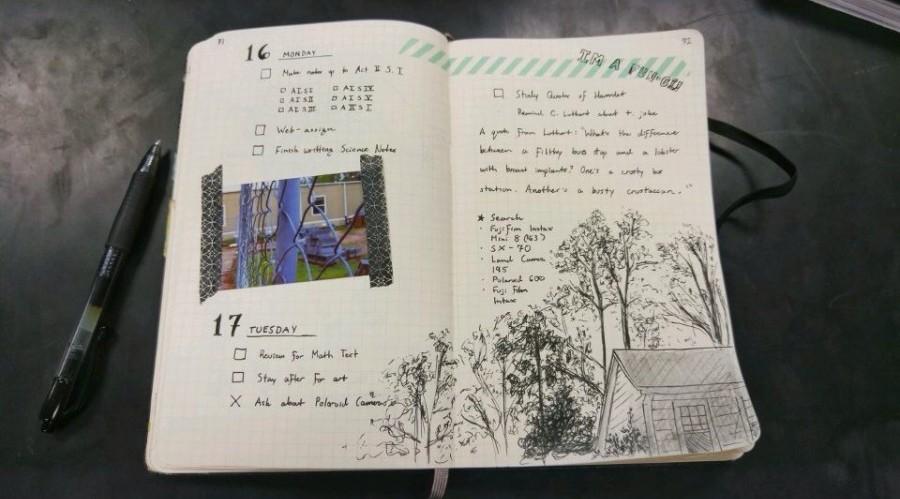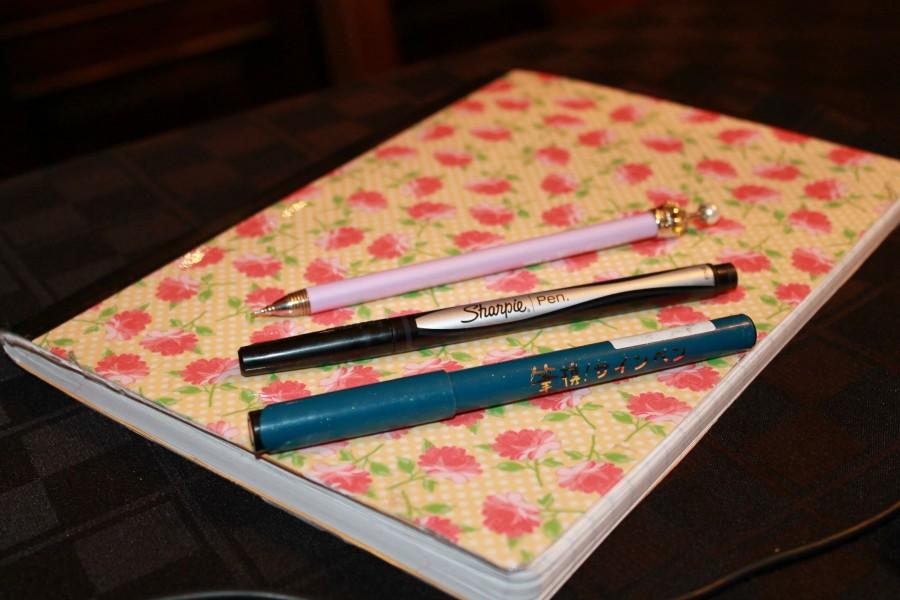Shooting down procrastination with a bullet journal
As it’s still fairly early in the year, I feel it’s appropriate to discuss one of my New Year’s resolutions, being more organized. More specifically, I’m going to detail a technique I use regularly to keep myself prepared for the day. Personally, I rely on bullet journaling to get me through the week.
Bullet journaling is an organization system developed by designer Ryder Carroll. The concept is that although journaling gets a reputation for being “old fashioned”, bullet journaling on the other hand is an easily adaptable system for anyone to adopt and use for their own respective purposes.
Being an almost religiously unorganized person (I mean, my room is absolutely disastrous), I was in desperate need of an easy-to-manage way to be organized and facilitate keeping track of my day-to-day (and week-to-week, as well as monthly) happenings. To make it easier for students who might want to give this method a try, here’s a five-step summary on creating bullet journals.
- Invest in a notebook and functioning pen. In my experience, it’s best to adopt a graphing notebook, mostly because I find the lines actually enhance my analogue experience. Unfortunately this year I was forced to use a wide-ruled notebook (which I do not recommend). For pens, I usually use a felt-tip pen because that’s what I prefer. However, I would not suggest using pencil as many handwritten notes will end up getting smudged.
- Get into good habits when journaling. I’d suggest numbering, dating, and labeling each page before anything else, just to keep up-to-date and give the notebook a clean, simple feel. If the page seems overwhelming, it isn’t going to be much help.
- Create an index. Although I’ve been bullet journaling for a year now, when I started my new one, it completely slipped my mind to make an index, so mine is located in an awkward section. For an index, start by writing the name of the page on the far left hand side (ie: “Birthdays”, “Daily To-Do’s”, “Movies to Watch”, ect), then write the page numbers next to the label.
- Create a daily list of things to do. This is possibly the most helpful page in my bullet journal. I dedicate two pages to my week (I’ll include an image so as to have a better visual as to what the heck I’m talking about) to logging tasks I must For example, I’ll list the night’s homework, tasks for my job, doctor’s appointments, and personal errands I need to take care of; in other words, anything I need to get done, I write under the day I need to get it done.
- Keep up with the journal, but only if it seems to be helping in terms of organization. The bullet journal method is supposed to keep users less stressed as opposed to more. If this isn’t the case, I would suggest finding another system that works for you.
Hopefully the concept of bullet journaling will help more people (besides myself) in getting organized and when it becomes a habit, life changing. For more information on how to set up a video, consider this concise video.
Your donation will help support The Lambert Post, Lambert High Schools student-run newspaper! Your contribution will allow us to purchase equipment and cover website hosting costs.









